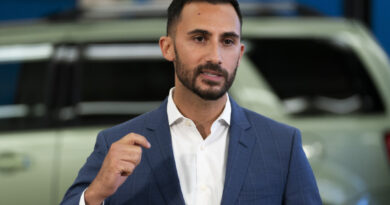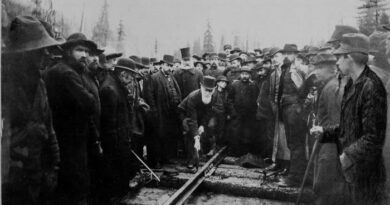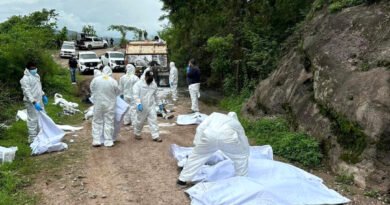Peak Media Body: Fewer Than 3% of Australians Able to Identify Misinformation
A survey of 2,000 Australians revealed that most individuals struggle to differentiate between misinformation and accurate information.
A recent survey indicated that just two out of every 100 Australians are proficient at spotting misinformation.
During an inquiry into the proposed Misinformation Bill in the Australian Parliament, representatives from the Australian Media Literacy Alliance (AMLA) emphasized that a majority of Australians lack the ability to identify misinformation.
The AMLA, along with researchers from Western Sydney University and the University of Canberra, conducted a survey of 3,500 Australians to gauge their perspectives on misinformation.
A subsequent survey involving 2,000 participants tested their proficiency in recognizing misinformation and their approach to fact-checking.
“Our findings from the survey show that the vast majority of Australians struggle to identify misinformation,” stated Michael Dezuanni, an AMLA member and professor at Queensland University of Technology.
“Only around 2 to 3 percent are highly skilled at identifying misinformation.”
The AMLA conducted tests with participants through four tasks, each showcasing misinformation scenarios.
“One example included the misuse of a photograph from the previous bushfires during the Black Summer bushfires of [2019-20],” described Dezuanni.
“There was news coverage that reused a photograph from a prior bushfire, which was very emotionally charged.
“We simply asked individuals to determine if the portrayal was accurate or not. The majority of people struggled to do so.”
The professor noted that only 2 to 3 percent of respondents could accurately identify misinformation and explain their reasoning across the four tasks.
The Advocacy for Media Literacy
Given the findings, AMLA Chair Anita Planchon emphasized the crucial need to enhance media literacy among Australians.
“There is a necessity for a proactive approach across all age groups, from schools to adulthood, to ensure that we can start now and equip future generations with the necessary skills,” she stated.
“The ability to engage in open and free discourse is heightened when individuals possess media literacy skills, enabling them to think critically about sources, perspectives, and motivations.”
In alignment with this viewpoint, AMLA Deputy Chair Christine Evely highlighted the importance of citizens developing the ability to comprehend and adapt to changes in the media landscape, becoming critical evaluators of the content they consume.
“The need for critical thinking skills is paramount,” she emphasized.
“Without these skills and the capacity to ask questions, individuals cannot be empowered to make informed decisions regarding the information they encounter in the media.”
Reflecting on the significance of facilitating open discussions on varying topics, Evely stressed the necessity for participants to think critically about the content they discuss.
“Without this critical approach, individuals may inadvertently perpetuate misinformation due to a lack of understanding,” she concluded.





